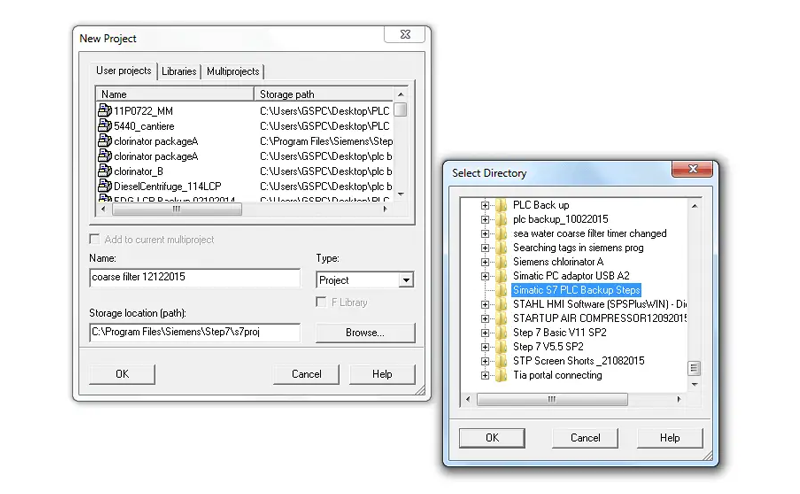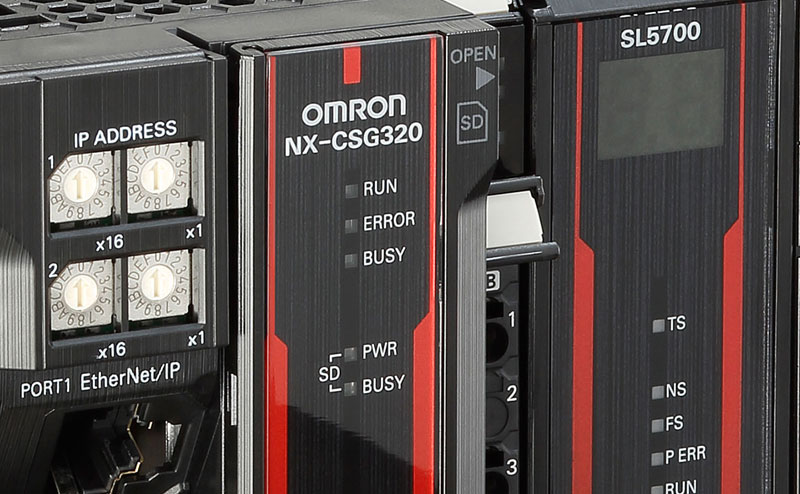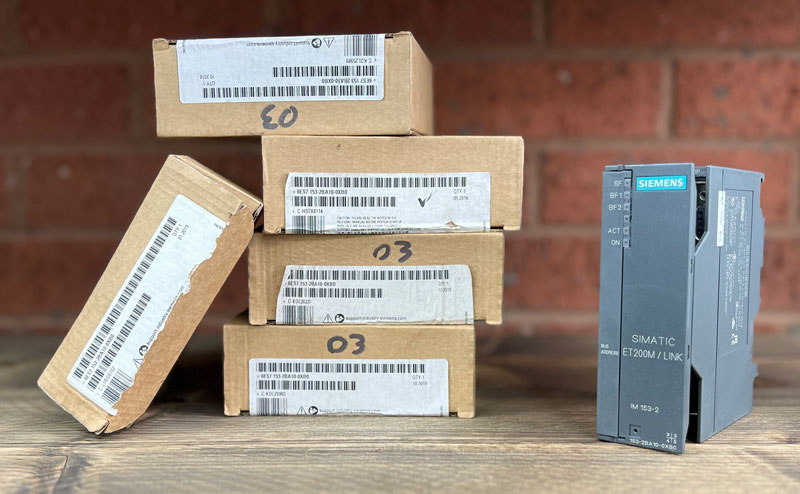Looking after your PLC
PLCs can survive for over 20 years, and it’s something we see regularly here at Foxmere. Although the component parts of a PLC, such as central processing units (CPUs) and power supply units (PSUs), boast long lifespans, components such as input/output (I/O) modules and communication modules are not so robust.
In fact, about 80 per cent of PLC failures result from field devices, I/O module failure or power supply issues. This week, we explain how engineers can ensure PLCs last for their expected duration.
A programmable logic controller (PLC) is considered the foundational, standard controller that is primarily designed for straightforward, robust control tasks.
Despite their resilience and rugged design, PLC-based control systems can still experience breakdowns. What’s more, these failures often lead to costly downtime in industrial operations and identifying the root cause can be challenging.
The checklist
To maintain your PLC effectively, start by regularly backing up its code base to ensure quick recovery if you need to reset or replace the PLC entirely.

Routinely inspect connections like plugs, sockets and terminals, ensuring that they are secure, particularly in high-vibration areas where fasteners like screws and bolts may loosen.
If your system has LED indicators as well, monitor these regularly for insight into the PLC's status. For example, check the status of the battery indicator to confirm it provides sufficient backup power for the PLC’s erasable programmable read-only memory (EPROM) in the event of a power failure.

If your PLC system connects to sensors, ensure they are maintained according to the manufacturer's recommendations. When doing so, examine local wiring to identify any potential sources of electromagnetic interference (EMI) and ensure lower-level components are positioned away from high-current lines to minimise interference.
Plus, don’t forget to include calibration of input and output devices, as well as circuit cards, in your preventive maintenance program for accurate performance. Be prepared to replace worn input or output modules, following proper instructions and safety precautions.
Computerised maintenance management system
The frequency of preventive maintenance for a PLC is primarily determined by its application and operational environment. In harsh conditions, such as extreme temperatures or humid environments, maintenance activities may need to be performed more frequently.
For instance, in manufacturing environments with heavy machinery, vibrations and airborne particles can accelerate wear on PLC components, necessitating regular inspections and maintenance.
Daily maintenance tasks, like dusting the PLC and clearing the vents to prevent debris accumulation that could lead to overheating or malfunctions, are simple yet effective actions that enhance a system’s performance and longevity.
Conversely, certain tasks that are less influenced by the working environment, like backing up the PLC’s programming, can typically be scheduled every six months, ensuring a current copy is available in case of failure.
Remember, these maintenance activities should be planned based on the passage of time and the amount of usage because both factors impact when maintenance should be performed.

Using a computerised maintenance management system (CMMS) streamlines this process, enabling the tracking of historical data, like when specific components tend to fail or require replacement.
For example, if historical data shows that a particular component generally fails every eight to nine months, scheduling its replacement every six months can help avoid unexpected breakdowns.
This, coupled with keeping an up-to-date inventory of spare parts and performing routine audits of PLC systems, allows for proactive maintenance and guarantees that critical components are readily available for quick replacements.

Foxmere supports this proactive approach by providing a variety of reliable replacement parts for automated systems. By supplying PLCs and PLC spares from well-known manufacturers like Siemens, Schneider and ABB, engineers can quickly find the right part for their application and minimise downtime.
If you would like assistance sourcing a PLC that you can trust, then please get in touch via our contact page. Our expert team is only one phone call away.


